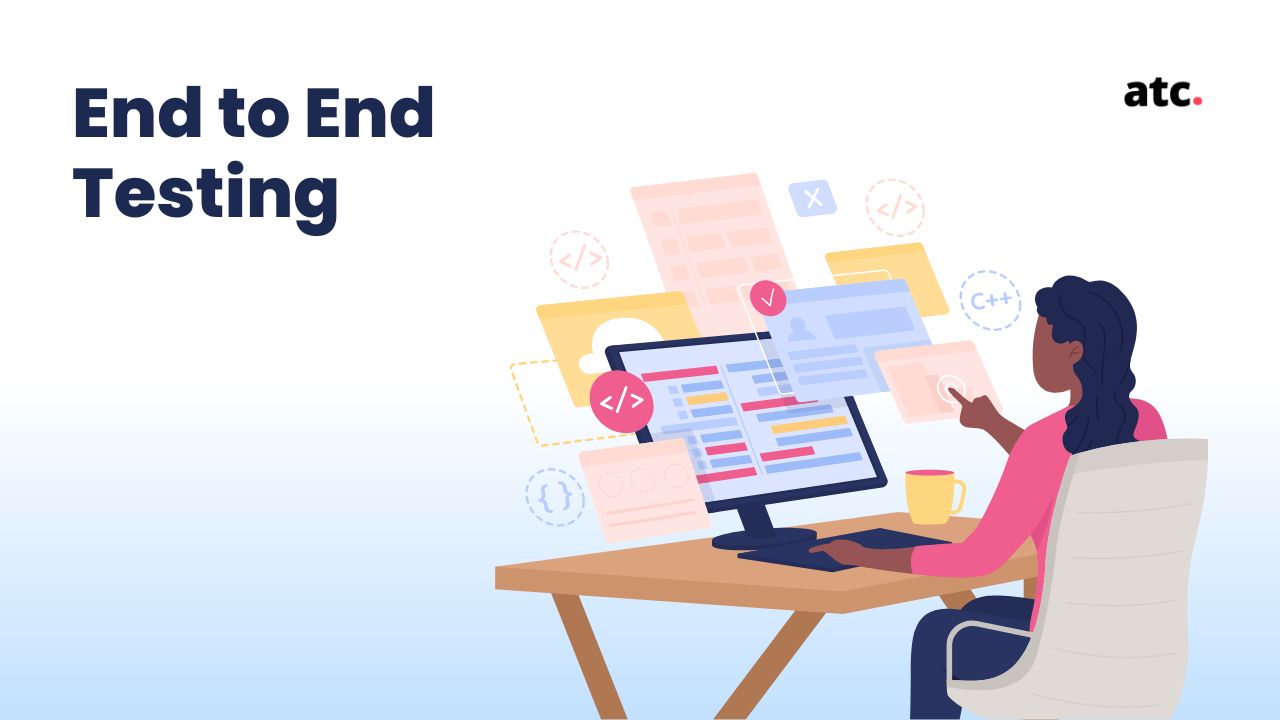End-to-End API Testing

Introduction
APIs are the backbone of modern software ecosystems, facilitating seamless communication between services, applications, and external systems. As organizations increasingly depend on APIs, ensuring their reliability, security, and performance has become a critical priority.
This article is part of the API Quality Series, a comprehensive exploration of best practices, methodologies, and strategies for achieving robust API validation. In this installment, we focus on end-to-end API testing, an essential approach that verifies the complete request lifecycle to uncover potential failures before they impact production environments. In the next post, we will take a hands-on approach by building an API specifically for testing purposes.
Understanding End-to-End API Testing
Modern software systems rely heavily on API interactions, making thorough testing methodologies critical for success. Unlike isolated unit tests or limited integration checks, end-to-end testing examines the entire request lifecycle from initiation to response across all connected systems.
This holistic approach serves as the final quality gate before deployment, simulating actual usage patterns to uncover issues that only emerge in production environments. By testing the complete chain of services, databases, and external integrations, teams gain confidence in their system’s real-world behavior. Comprehensive API testing ensures that APIs function correctly under varied conditions and can handle real-world demands.
The Critical Need for Full Workflow Validation
End-to-end API testing provides several key advantages that narrower testing approaches cannot match:
- Identifies System-Level Defects
- Detects failures in communication between different system components.
- Exposes environmental misconfigurations that might cause unexpected failures.
- Highlights data flow inconsistencies across service boundaries.
- Verifies Business Process Integrity
- Ensures that multi-step operations execute accurately and completely.
- Validates the persistence and retrieval of critical data without corruption.
- Confirms that error handling mechanisms work effectively across workflows.
- Enhances Operational Reliability
- Minimizes production failures by identifying potential issues pre-release.
- Strengthens system resilience by exposing weak points before deployment.
- Provides measurable performance benchmarks under realistic load conditions.
Methodologies for End-to-End API Testing
Structured Testing Approaches
- Sequential Validation
- Involves executing test cases in a specific order to mimic real-world user journeys.
- Best suited for workflows that follow a defined process with minimal variations.
- Example: A user registers an account, sets up a profile, and then accesses data.
- Component-Based Validation
- Breaks down the system into independently testable modules.
- Facilitates targeted troubleshooting of specific API components.
- Ensures each module functions correctly before integrating them into the full system.
- Data-Focused Validation
- Tests APIs using a broad range of input data, including edge cases and invalid inputs.
- Confirms consistent API behavior regardless of the input type or data variations.
- Helps in identifying vulnerabilities in input handling and data processing.
- Keyword-Driven Validation
- Utilizes business-relevant terminology to define test cases.
- Encourages collaboration between development, QA, and business teams.
- Makes test automation more maintainable and understandable.
Implementation Framework
Planning Phase
- Identify key user journeys that the API must support.
- Map out all integrated services and external dependencies.
- Define clear success criteria and expected outcomes.
Environment Preparation
- Set up a testing environment that mirrors production configurations.
- Use isolated test data to prevent conflicts with live systems.
- Implement monitoring and logging to track test execution and failures.
Validation Execution
- Automate repetitive test cases to increase efficiency.
- Incorporate negative testing to ensure robust error handling.
- Monitor API performance and resource utilization during testing.
Analysis and Refinement
- Analyze test results to identify recurring failure patterns.
- Optimize test coverage by addressing gaps in validation.
- Continuously refine test execution strategies to improve efficiency.
Organizational Impact
Team Collaboration Benefits
- Developers gain insights into operational challenges and dependencies.
- QA teams focus on ensuring business-critical processes function correctly.
- Operations teams understand API dependencies and potential failure points.
Development Lifecycle Integration
- Unit testing ensures core logic functions as expected.
- Integration testing validates interactions between system components.
- End-to-end testing ensures the system is ready for production.
Quality Metrics
Key Performance Indicators
- Coverage percentage of critical user journeys.
- Defect detection rate during pre-production testing.
- Validation cycle time efficiency for faster releases.
Continuous Improvement
- Regularly update and refine test suites based on new requirements.
- Benchmark API performance under different load conditions.
- Identify and address coverage gaps to enhance validation effectiveness.
Conclusion
End-to-end API testing is an essential practice for ensuring software reliability and stability. By thoroughly testing complete workflows in production-like conditions, organizations can minimize deployment risks, improve user experience, and maintain seamless API interactions.
The most successful engineering teams integrate workflow validation into their development process from the start, rather than treating it as a last-minute checkpoint. By prioritizing testability in API design and continuously refining validation strategies, organizations can achieve both rapid innovation and robust system performance.
In the next installment of the API Quality Series, we will build a test API from scratch, applying these validation principles in a real-world implementation.
